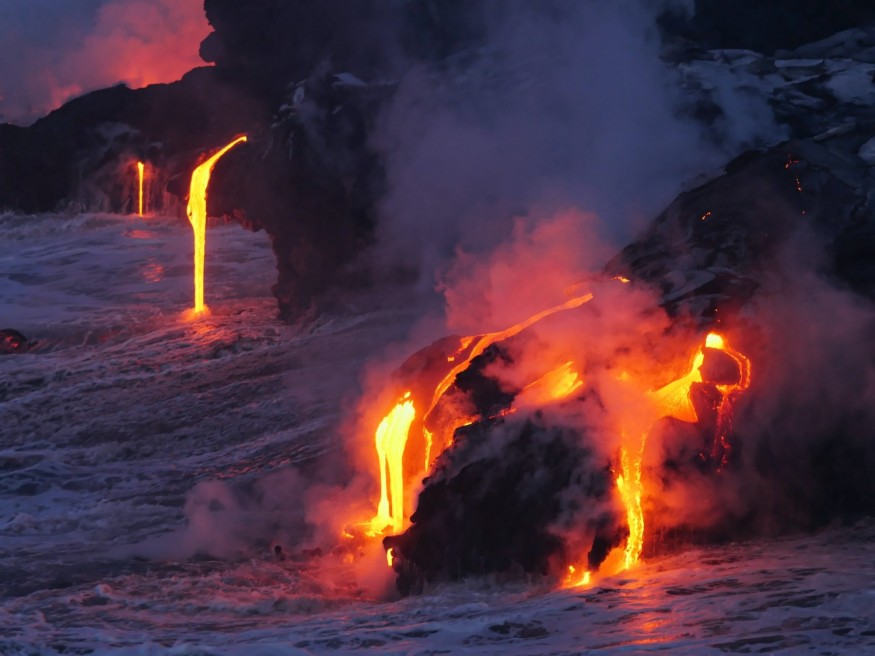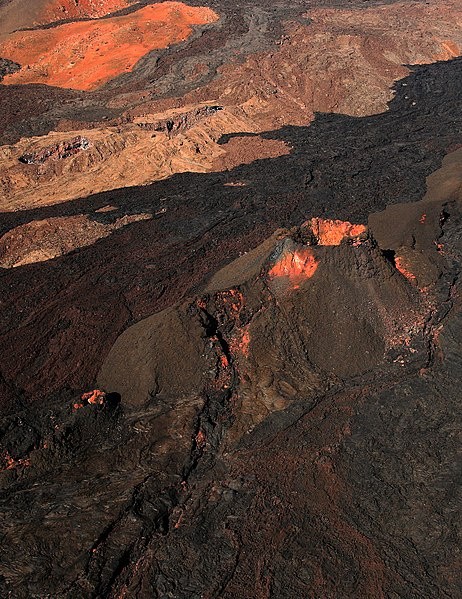The Big Island of Hawaii's Mauna Loa, the biggest active volcano in the world, is exhibiting potentially alarming symptoms: the number of earthquakes is rising, and the area around the volcano's top seems to be swollen.
Although the volcano is not currently erupting, the National Park Service has announced the closure of Mauna Loa's summit area within Hawaii Volcanoes National Park out of an abundance of caution.

Current Situation
Although Mauna Loa is not now erupting, and there are no indications of one, according to the USGS, increased activity at the volcano will cause them to begin regular updates to the public on its condition. Up until now, USGS has only provided weekly reports.
Keeping an Eye
The USGS is keeping an eye on the enormous volcano's gas emissions, ground swelling, and seismic activity. Even while monitoring data reveal no notable changes in the last day, the increased earthquake rates suggest Mauna Loa is now going through increased instability. GPS data reveal ongoing surface deformation caused by the swelling of a magma chamber under the top. The earth usually expands when magma builds up in an underground reservoir before an eruption. Both the peak and the Sulphur Cone in the upper Southwest Rift Zone maintain steady fumarole temperatures, sulfur dioxide (SO2), hydrogen sulfide (H2S), and carbon dioxide (CO2) concentrations.
Although an eruption of Mauna Loa is not near, it is now necessary to review individual eruption preparations. Having an eruption plan in place before an emergency can assist, just like planning for hurricane season does, according to a previous statement from HVO.
The National Park Service said in a news statement announcing the closure of the summit area, "Due to high seismic activity on Mauna Loa and as a precautionary measure, Hawai'i Volcanoes National Park is closing the Mauna Loa summit backcountry until further notice." The public may still access Mauna Loa Road and the lookout at 6,662 feet in height.
Roads and trails surrounding Kilauea, an active volcano now erupting within its summit crater elsewhere in the national park, are unaffected by the park closure at Mauna Loa.
Communities on the east and west sides of the Big Island, from Kona to Hilo, may be affected by the large, swiftly moving lava flows that frequently result from Mauna Loa eruptions. There have been seven Mauna Loa lava flows that have threatened Hilo in eastern Hawaii since the 1850s. On the south and west sides of the island, Mauna Loa lava flows have reached the coast there 8 times: in 1859, 1868, 1887, 1926, 1919, and three times in 1950.
Volcanic Activities

Since June 2022, there have been an average of 5-10 earthquakes daily. In July and August, there were 10-20 earthquakes per day. Over the past two weeks, there have been about 40-50 earthquakes per day. On September 23 and 29, there were daily peaks of around 100 earthquakes.
The USGS is advising residents of Hawaii to establish a personal reaction plan, pack a "go bag," and decide what one would do in the case of an eruption at various times of the day or week because another Mauna Loa eruption is unavoidable, albeit the timing is not yet known.
For similar, don't forget to follow Nature World News!
© 2025 NatureWorldNews.com All rights reserved. Do not reproduce without permission.





